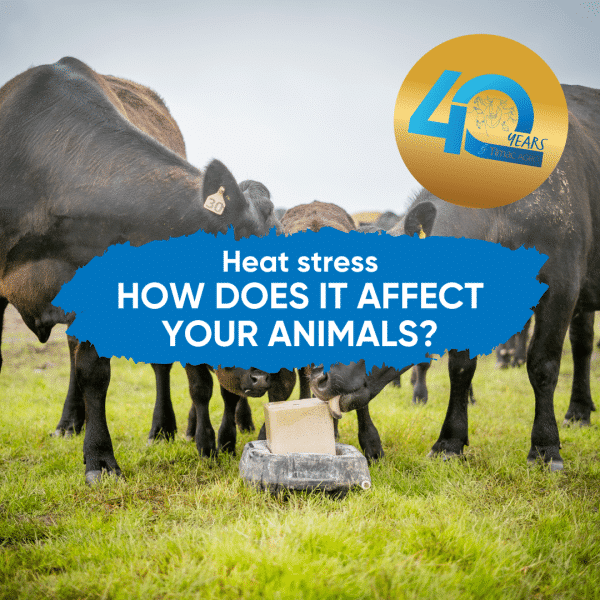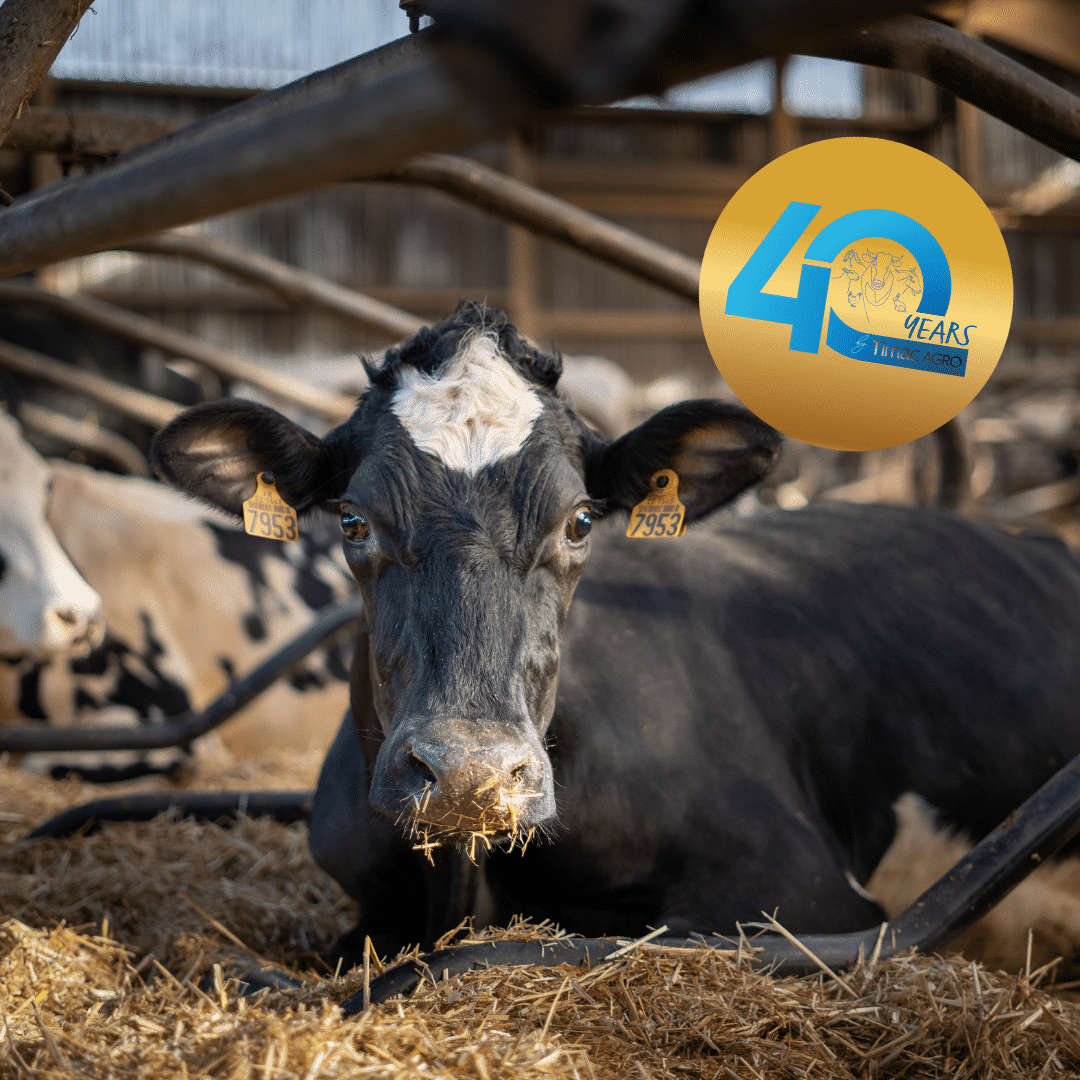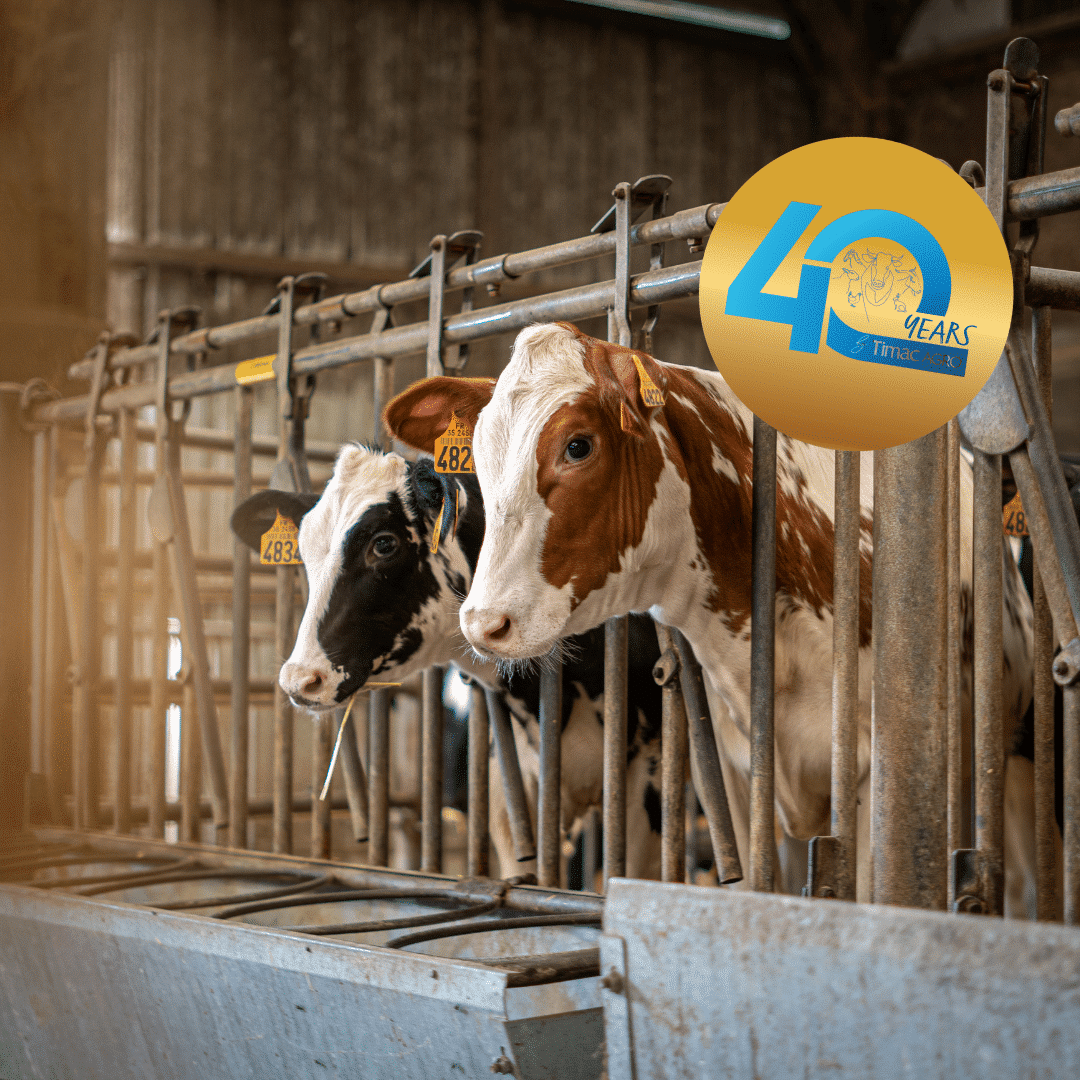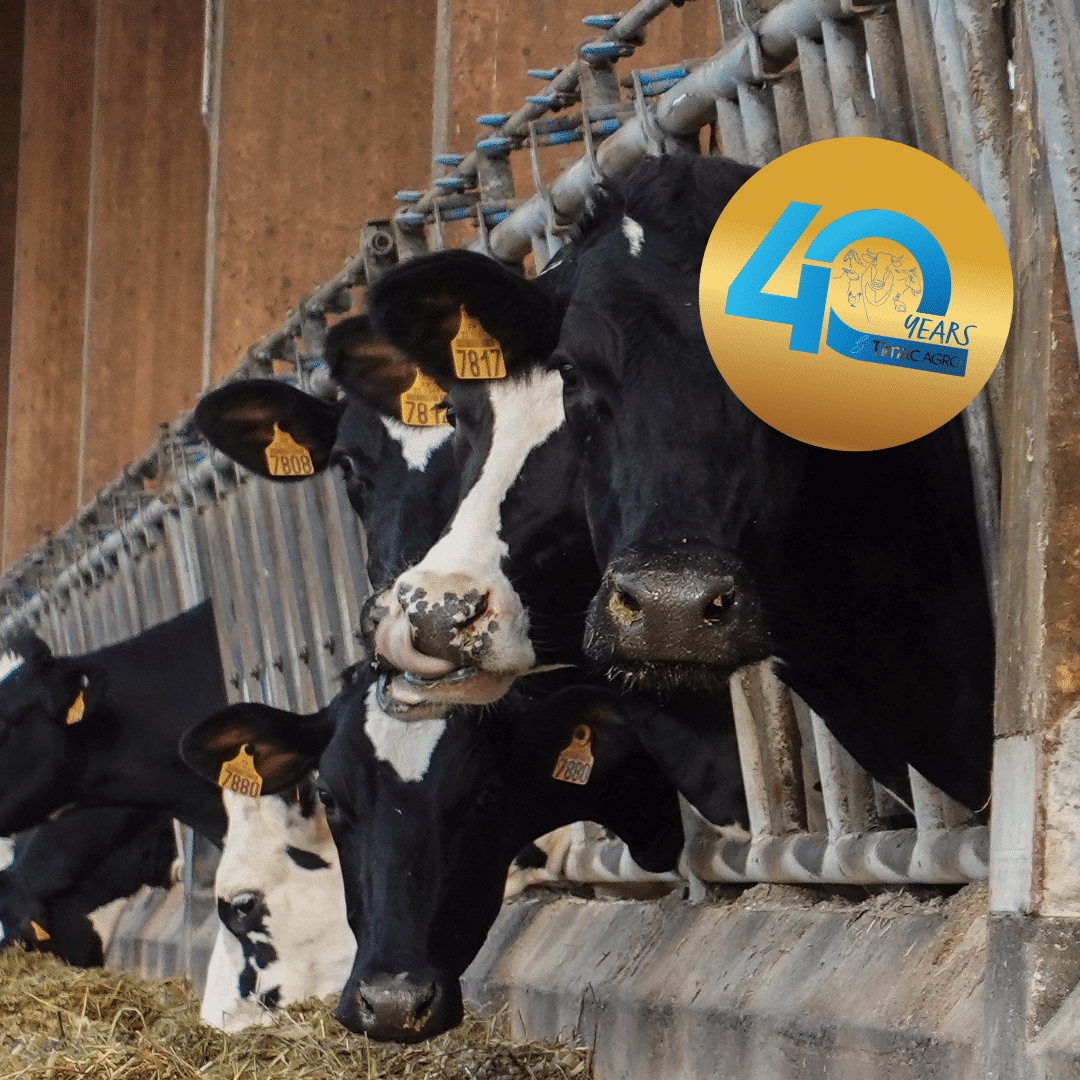Heat stress in ruminants: prevention and optimization of production
Ruminants are particularly sensitive to heat stress, even at moderate temperatures. This phenomenon, which is becoming increasingly common with global warming, directly affects feeding behavior, milk production, and the overall well-being of animals.
What are the effect of heat stress ?
Above 25°C, cattle implement regulatory mechanisms to prevent overheating: accelerated breathing, reduced activity, and decreased consumption. These natural adaptations have several consequences:
• Decreased rumination and ingestion, reducing salivation and increasing the risk of acidosis.
• Decreased milk production and milk quality, linked to reduced digestive efficiency.
• Hormonal and oxidative disturbances, which can impact reproduction.
• Increased risk of metabolic disorders and health problems (lameness, mastitis, etc.).
Heat stress is therefore not just a seasonal constraint: it is a real challenge for the sustainability and performance of livestock farms.

How can these impacts be limited ?
A comprehensive approach, combining herd management, improved comfort, and adapted feeding, can reduce the effects of heat stress.
- Adapt the herd’s environment
Ensure good ventilation, shaded areas, and permanent access to clean, fresh water. Reducing animal density also helps limit heat accumulation.
- Adjust feeding practices
Adapt the ration to favor digestible and energy-rich ingredients, while maintaining a balanced fiber content. Feeding at the coolest times of day stimulates intake and improves digestive comfort.
- Strengthen nutritional support
Mineral nutrition plays a key role in resistance to oxidative and thermal stress. TIMAC AGRO supports farmers through personalized programs aimed at:
- Maintaining water balance through trace elements and electrolytes;
- Supporting animals’ antioxidant defenses;
- Stabilizing ruminal pH to ensure safe digestion.
By combining scientific expertise, innovation, and field experience, TIMAC AGRO supports farmers in adapting their practices to climate change. The goal is to guarantee the health, performance, and well-being of ruminants throughout the year.



